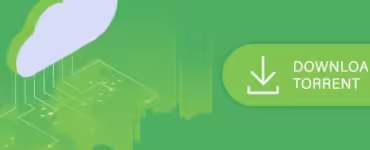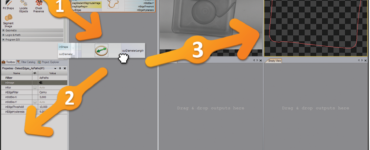Pneumonia in salps is a concerning issue that requires careful attention and effective treatment. In this article, we will explore various aspects of treating pneumonia-infected salps, from understanding the causes and symptoms to exploring traditional and modern treatment methods. Let’s dive into the world of salp healthcare and discover the best ways to ensure their well-being.
I. Introduction
Salps, fascinating marine organisms, can suffer from pneumonia, a condition that affects their overall health. As responsible stewards of the oceans, it is crucial to comprehend the intricacies of treating pneumonia in salps to preserve their populations and maintain ecological balance.
II. Understanding Pneumonia in Salps
A. Causes of pneumonia in salps
Pneumonia in salps can result from various factors, including environmental changes, pollution, and microbial imbalances. Identifying these causes is essential for effective treatment.
B. Symptoms and signs
Recognizing the symptoms of pneumonia in salps, such as changes in behavior and physical appearance, is vital for early intervention and successful treatment.
C. Impact on salp populations
Understanding how pneumonia affects salp populations helps us appreciate the urgency of addressing this issue to maintain biodiversity and ecological harmony.
III. Traditional Treatment Methods
A. Historical approaches
Examining traditional methods of treating pneumonia in salps provides insights into the practices that have been employed over the years.
B. Limitations and challenges
Despite historical efforts, traditional treatment methods may have limitations. Acknowledging these challenges is crucial for refining our approach.
IV. Innovative Approaches to Treatment
A. Modern research findings
Recent scientific discoveries have paved the way for innovative treatment approaches that target the root causes of pneumonia in salps.
B. Advanced technologies in salp healthcare
Utilizing cutting-edge technologies can revolutionize the way we treat pneumonia-infected salps, offering more effective and sustainable solutions.
V. DIY Home Remedies
A. Simple and effective treatments
Explore practical and accessible do-it-yourself remedies that can be implemented to alleviate pneumonia symptoms in salps.
B. Cautions and considerations
While DIY remedies can be effective, it is crucial to be aware of potential risks and ensure proper application to avoid harm to the salps.
VI. Prevention Strategies
A. Proactive measures for salp health
Implementing preventive measures can significantly reduce the risk of pneumonia in salps, promoting overall well-being.
B. Environmental considerations
Addressing environmental factors that contribute to pneumonia is essential for long-term salp health and sustainability.
VII. Case Studies
A. Success stories in treating pneumonia-infected salps
Explore real-life examples where successful treatment interventions have resulted in positive outcomes for pneumonia-infected salps.
B. Lessons learned from past experiences
Analyzing past cases provides valuable insights into refining treatment strategies and avoiding potential pitfalls.
VIII. Future Outlook
A. Emerging trends in salp healthcare
Stay informed about the latest advancements and trends that offer hope for more effective treatment options in the future.
B. Potential breakthroughs in treatment
Anticipate potential breakthroughs in salp healthcare that may revolutionize our ability to treat pneumonia and other health issues.
IX. Expert Opinions
A. Insights from marine biologists and researchers
Gain valuable perspectives from experts in the field, understanding their opinions on the current state of salp health and future recommendations.
B. Recommendations for salp pneumonia prevention and treatment
Experts provide actionable recommendations for individuals and organizations to contribute to the preservation of salp ecosystems.
X. Conclusion
In conclusion, treating pneumonia in salps is a multifaceted challenge that requires a combination of traditional wisdom, modern science, and proactive measures. By understanding the causes, symptoms, and treatment options, we can work together to ensure the well-being of these remarkable marine organisms.










